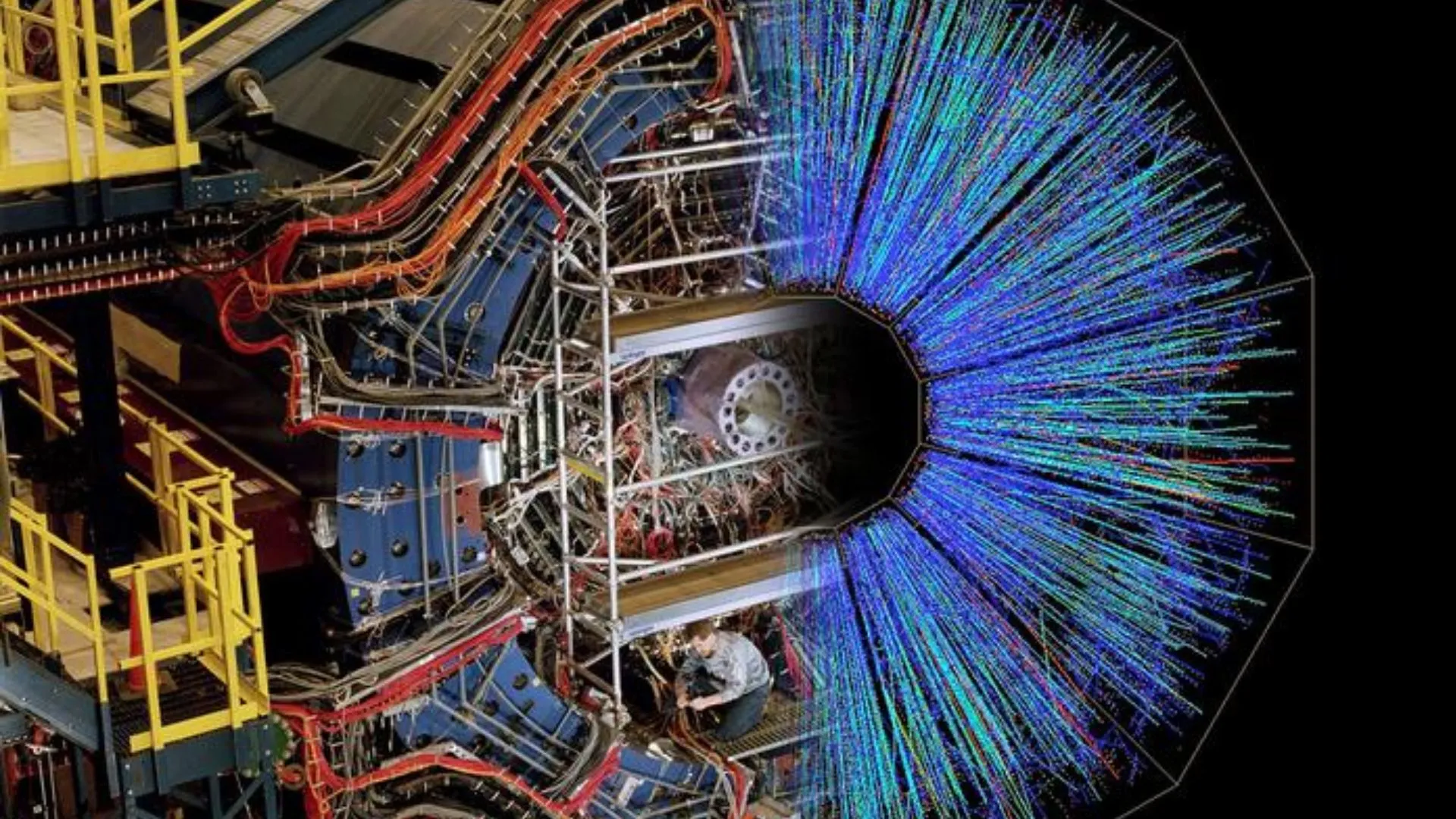Researchers have found something revolutionary inside nuclear matter that may change how we think about magnetic fields throughout the cosmos. Using data from the US-based Relativistic Heavy Ion Collider (RHIC) at Brookhaven National Laboratory, a multinational team has discovered the strongest magnetic field ever found in nuclear matter.
This remarkable field arises from the electric current induced in quarks and gluons that are liberated when particles are smashed together in the collider. While neutron stars are recognized for having the universe’s strongest magnetic fields, measuring 1014 gauss, the magnetic field around Earth, which shields us from cosmic radiation, is a mere 0.5 Gauss. Until now, scientists believed that off-center collisions of heavy atomic nuclei could generate magnetic fields reaching 1018 gauss, potentially the strongest in the universe.
However, these fields are incredibly short-lived, dissipating in just 10-23 seconds, making them nearly impossible to observe. Despite this fleeting nature, their impact on the movement of charged particles and the induction of electromagnetic fields is profound.
The research team, led by physicist Aihong Tang from Brookhaven Lab, used sophisticated detectors to track the motion of charged particles, ruling out deflections caused by charged quarks. Surprisingly, they observed these effects not only in collisions of heavy nuclei like gold but also in collisions of smaller nuclei such as ruthenium and zirconium, indicating a universal phenomenon.
This discovery opens new avenues for research, particularly in probing the conductivity of quarks and gluons plasma (QGP), an exotic state of matter where these particles exist freely. Understanding the magnetic and electromagnetic properties of QGP could provide insights into the fundamental interactions of quarks and gluons, shedding light on the conditions under which they coalesce to form atomic nuclei’s building blocks.
Participating in the study is Gang Wang, a physicist at the University of California, Los Angeles, who emphasizes the importance of this finding in delineating the nuclear phase diagram and investigating the fundamental features of the strong force. This important contribution to our understanding of the fundamental forces of the cosmos is this ground-breaking effort.

